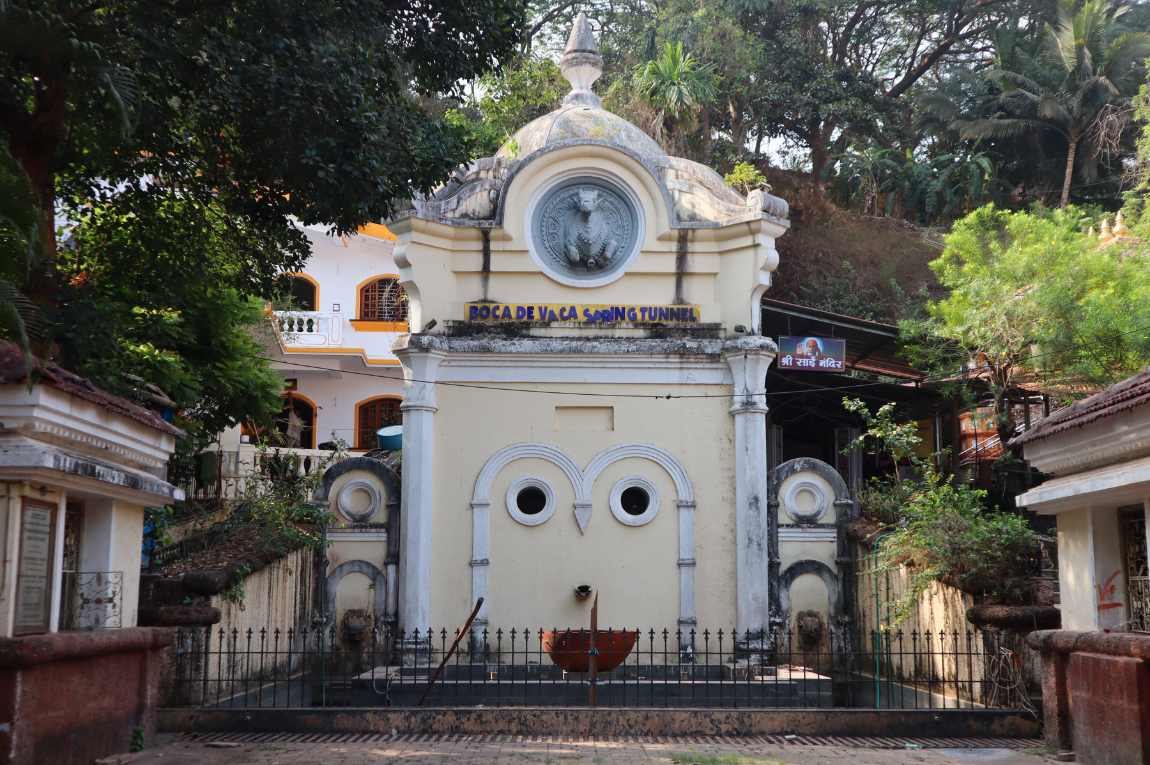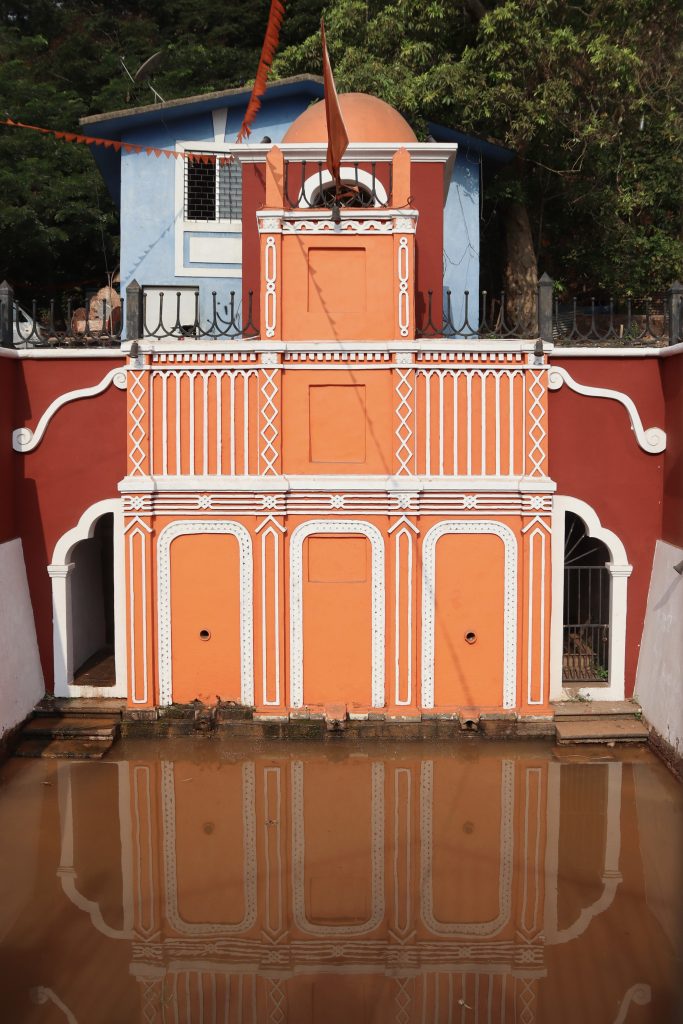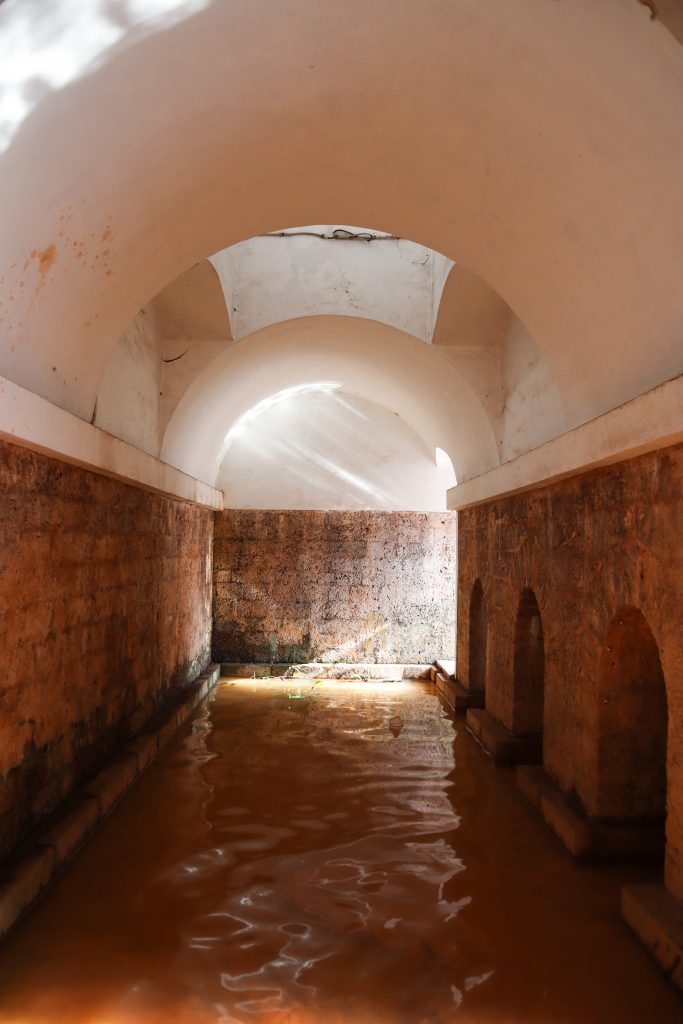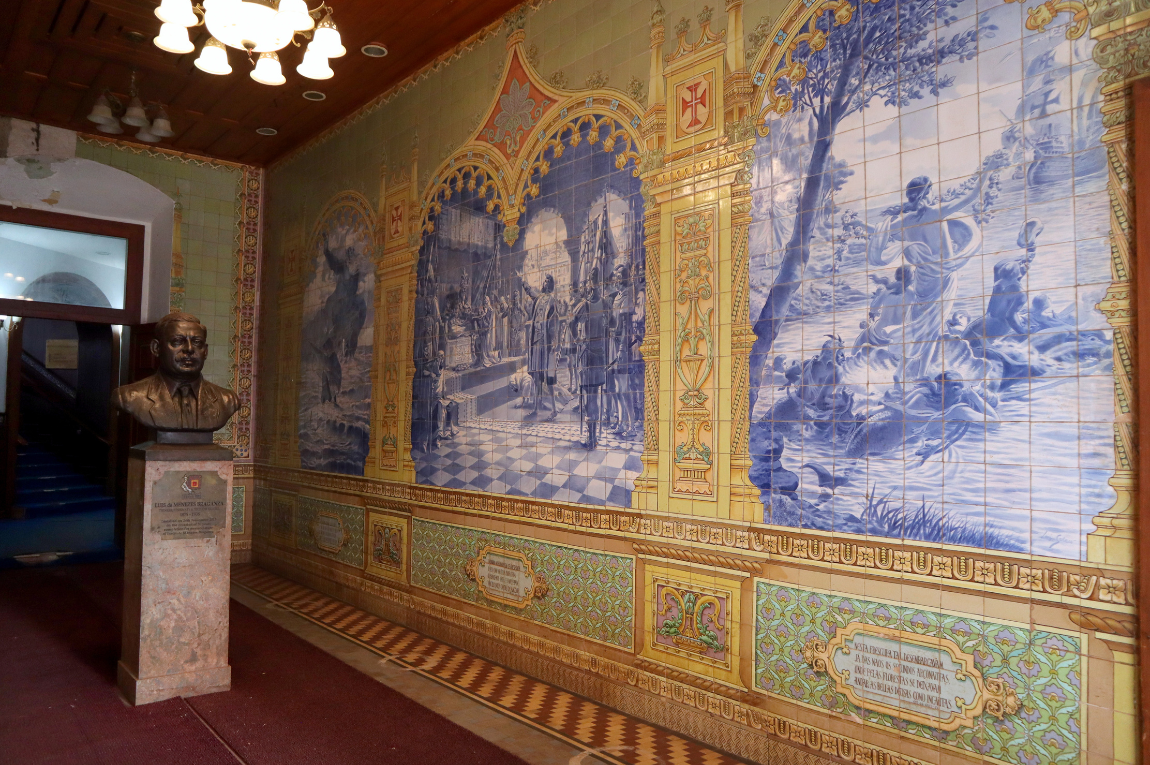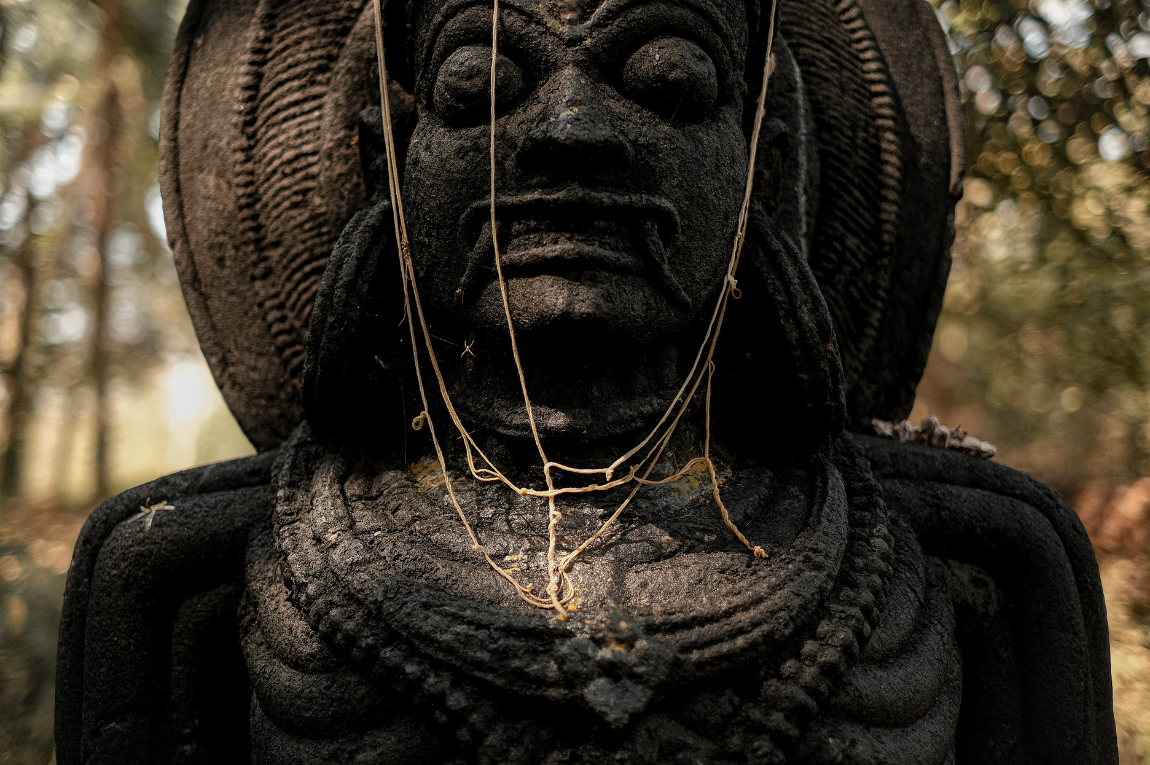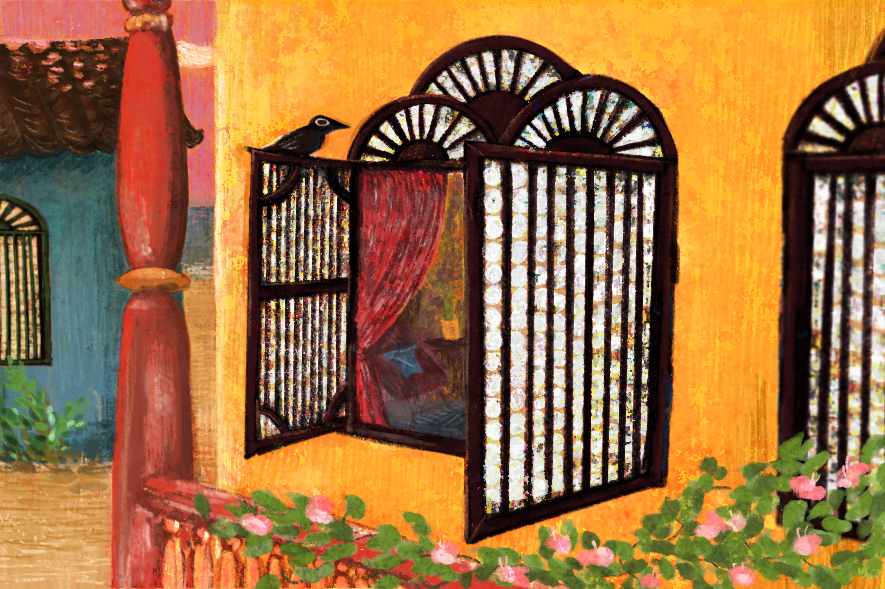Like many ‘outsiders’, I am fascinated by the cultural and architectural history that Panaji (or Panjim) offers. This tiny capital city is unlike any other that I’ve visited or lived in. Having resided here for over 15 years now, I’ve explored much of it. Or so I thought.
If you cross the bylanes of Fontainhas, thronged by selfie-takers, and head away from the Mandovi waterfront, you’ll soon see the imposing Maruti Temple, perched on the Altinho hill. At the base of the hill is a spring — the Fonte Fenix or ‘Phoenix’. At first glance, you may not realise its significance as it resembles a little gated water tank with an elaborate backdrop. The fact that it is barricaded makes you think twice about entering anyway. There is no signage explaining what this structure is. For years, I have passed by the main road and have never gone down the steps.
I didn’t know I could.
Earlier this year, a friend — architect Tallulah D’Silva — led a guided walk through the springs of Panaji. We met outside the aforementioned gates, and peered down into the tank where the water covers the first few steps. “We have an umbilical connection to water,” Tallulah told us. “This terrain is made out of laterite stone, which holds water. The springs of Panaji have been the city’s lifeline, but with unchecked development, our groundwater is now affected.”
According to noted historian Vasco Pinho’s Snapshots of Indo-Portuguese History: Volume 1 (2007), the spring was built around 1855 and so named because its lower portion depicted a painting of the mythical phoenix. The ‘tank’ is meant to be a public bath. Three pipes allow the water to flow from the tunnels inside towards the tank.
The phoenix has long been painted over and as we gingerly venture into the cool but not-so-clean water, I imagine little children from many years ago somersaulting here on a hot summer’s day. Crossing over to the other side, we step into the damp, cool, horseshoe-shaped vaulted tunnel. Three domes bring in beautiful ambient light through their niches, illuminating the slippery, wet floor.
Inside, there are surprises aplenty. The walls of the tunnels are decorated with crosses, each different from the other. Niches carved into the wall draw out what Pinho refers to as “veins of water” from the stone. It is the height of summer, yet the water flows cold and uninterrupted.
Not far away, in the heart of the city, near the Mahalaxmi temple, the Boca de Vaca (‘the cow’s mouth’ in Portuguese) spring and tunnel is another marvel built in 1830. The water once ran out through the mouth of a bovine sculpture installed on the facade of the fountain, hence the name. Inside the tunnel, glass floor tiles (laid when renovation was undertaken in 2002) make walking tricky. The glass was meant to allow visitors to admire fish and other aquatic life swimming under the surface, but years of neglect mean that some tiles are cracked while the rest are layered with slippery mud. With only your phone flashlight for illumination, exploring the recesses can be risky. While the tunnels await a good clean and some love, the water running through is reassuring.
In recent years, aggressive land acquisition, the diversion of the Mhadei river and the rapid construction of buildings that will be heavily dependent on water are putting Panaji’s freshwater sources at risk. “At this rate, our groundwater will be depleted by 2030,” rues Tallulah.
Our selection of stays across India, best visited for their design and style. Check in
Chryselle D’Silva Dias is a journalist based in Goa. She likes to explore her city, its architecture and history, and document the hidden and fast-fading stories. She is on Instagram at @missfrangipani.
